Workshop Title:
Harnessing the Power of Machine Learning to Advance Cybersecurity
Date:
January 8th, 2024 (UTC+11)
Organizer:
Torrens University Australia
Keywords:
- Intrusion Detection System
- Anomaly Intrusion Detection
- Malware
- Cybercrime
- Cybersecuirty
Workshop Chair:
Personal Bio:
Ammar Alazab is a Senior Cybersecurity Lecturer at Torrens University Australia, with a wealth of industry experience. His expertise extends beyond academia, as he has a strong background in the cybersecurity industry. This practical experience enriches his teaching and research, providing valuable real-world insights to his students. His work focuses on cyber security, digital forensics of computer systems, and cybercrime detection and prevention. With numerous published articles and over 50 research papers in top-tier journals and conferences, Alazab is a prominent figure in the cybersecurity field. His remarkable contributions have led him to secure research grants amounting to over 1 million from reputed industry players, further validating the practical significance of his work.
Workshop Description:
Background:
The workshop titled "Harnessing the Power of Machine Learning to Advance Cybersecurity" aims to delve into the transformative potential of machine learning in fortifying cybersecurity measures. As cyber threats continue to evolve in complexity, the integration of cutting-edge technologies becomes paramount to safeguarding digital assets.
In this workshop, participants will have the privilege of learning from esteemed experts in the field, who possess a deep understanding of both machine learning and cybersecurity. Through engaging discussions and practical demonstrations, attendees will explore how machine learning algorithms can be leveraged to detect and prevent cyber threats proactively.
The workshop facilitators bring a wealth of experience, hailing from diverse backgrounds in academia, industry, and cybersecurity research. Participants can look forward to gaining insights into real-world applications of machine learning, learning about anomaly detection, malware analysis, and intrusion detection techniques.
By the end of the workshop, participants will be equipped with valuable knowledge and tools to enhance their cybersecurity practices and stay at the forefront of the battle against cyber threats. This workshop promises to be an enriching experience for all cybersecurity enthusiasts and professionals seeking to harness the power of machine learning for a more secure digital landscape.
Goal / Rationale:
The primary goals of this comprehensive workshop are to provide participants with a deep understanding of the key concepts and cutting-edge techniques in the dynamic field of machine learning for cybersecurity. By combining theoretical knowledge with practical hands-on exercises, the workshop seeks to empower cybersecurity professionals with the expertise needed to harness the full potential of machine learning in their fight against evolving cyber threats. Participants will gain valuable insights into the underlying principles of machine learning algorithms and their specific applications in the realm of cybersecurity. More specifically, the workshop aims to achieve the following goals:
1. Addressing Emerging Threats: The workshop aims to address the pressing need for advanced malware detection methodologies that can identify emerging and previously unknown threats. Machine Learning techniques excel at recognizing patterns and anomalies in large-scale data, making them ideal for detecting new strains of malware and polymorphic variants.
2. Enhancing Detection Accuracy: By introducing participants to diverse ML algorithms and feature engineering techniques, the workshop seeks to improve detection accuracy. The goal is to reduce false positives and negatives, enabling cybersecurity professionals to respond swiftly and accurately to potential threats.
3. Proactive Defense: The project's rationale lies in empowering organizations to adopt a proactive approach to cybersecurity. By integrating ML-based malware detection into their existing infrastructure, participants can continuously monitor network traffic and swiftly identify potential threats, mitigating risks before they escalate.
Scope and Information for Participants:
The scope of the "Machine Learning for Cybersecurity" workshop is focused on the intersection of machine learning and cybersecurity, where cutting-edge technologies meet the pressing challenges of safeguarding digital assets from evolving cyber threats. Throughout the workshop, participants will explore a diverse range of topics to build a comprehensive understanding of how machine learning can be leveraged to fortify cybersecurity defenses. The workshop will cover the following key areas:
1. Fundamentals of Machine Learning in Cybersecurity:
- Introduction to machine learning principles and its relevance to cybersecurity.
- Understanding different types of machine learning algorithms and their applications in the cybersecurity domain.
2. Data Collection and Preprocessing for Cybersecurity Applications:
- Techniques for gathering diverse and representative datasets for cybersecurity tasks.
- Preprocessing methodologies to ensure high-quality data input for machine learning models.
3. Feature Selection and Engineering for Cybersecurity:
- Identification of crucial features and attributes for effective cyber threat detection.
- Techniques to engineer new features and improve the discriminative power of machine learning models.
4. Machine Learning Model Selection and Training:
- Exploration of various machine learning algorithms, including supervised and unsupervised learning.
- Hands-on training to build and optimize machine learning models for cybersecurity tasks.
5. Real-time Cyber Threat Detection and Prevention:
- Integration of machine learning models into cybersecurity systems for real-time monitoring and detection of threats.
- Proactive measures to prevent cyber attacks through machine learning-based defenses.
6. Evaluating Machine Learning Models for Cybersecurity:
- Understanding performance metrics and evaluation techniques to assess the effectiveness of machine learning models.
- Interpretation of results to fine-tune models and improve detection accuracy.
7. Adapting to Emerging Cyber Threats:
- Techniques for continuous learning and adaptation of machine learning models to address new and evolving cyber threats.
- Importance of feedback loops and collaboration with cybersecurity experts.
Highlight:
The CONF-SPML 2024 workshop, held on January 8th, 2024, brought together 25 students eager to delve into the realms of machine learning and its applications in advancing cybersecurity. The workshop, titled "Harnessing the Power of Machine Learning to Advance Cybersecurity," served as a dynamic platform for participants to explore the intersection of these two rapidly evolving fields.
Led by Dr. Amma Alazab, the workshop covered diverse aspects of machine learning relevant to cybersecurity, aiming to equip attendees with practical skills and theoretical knowledge. Topics included anomaly detection, threat intelligence, and the integration of machine learning algorithms into security frameworks. Through hands-on exercises and interactive sessions, participants gained valuable insights into leveraging machine learning techniques to bolster defense mechanisms against evolving cyber threats.
The workshop fostered a collaborative learning environment, allowing students to exchange ideas, troubleshoot challenges, and build a network within the cybersecurity and machine learning communities. As the participants delved into real-world case studies and emerging trends, they left with a deeper understanding of the role machine learning plays in fortifying cybersecurity measures. CONF-SPML 2024 provided a comprehensive and engaging experience, empowering the next generation of cybersecurity professionals with the tools needed to navigate the complex landscape of digital security.
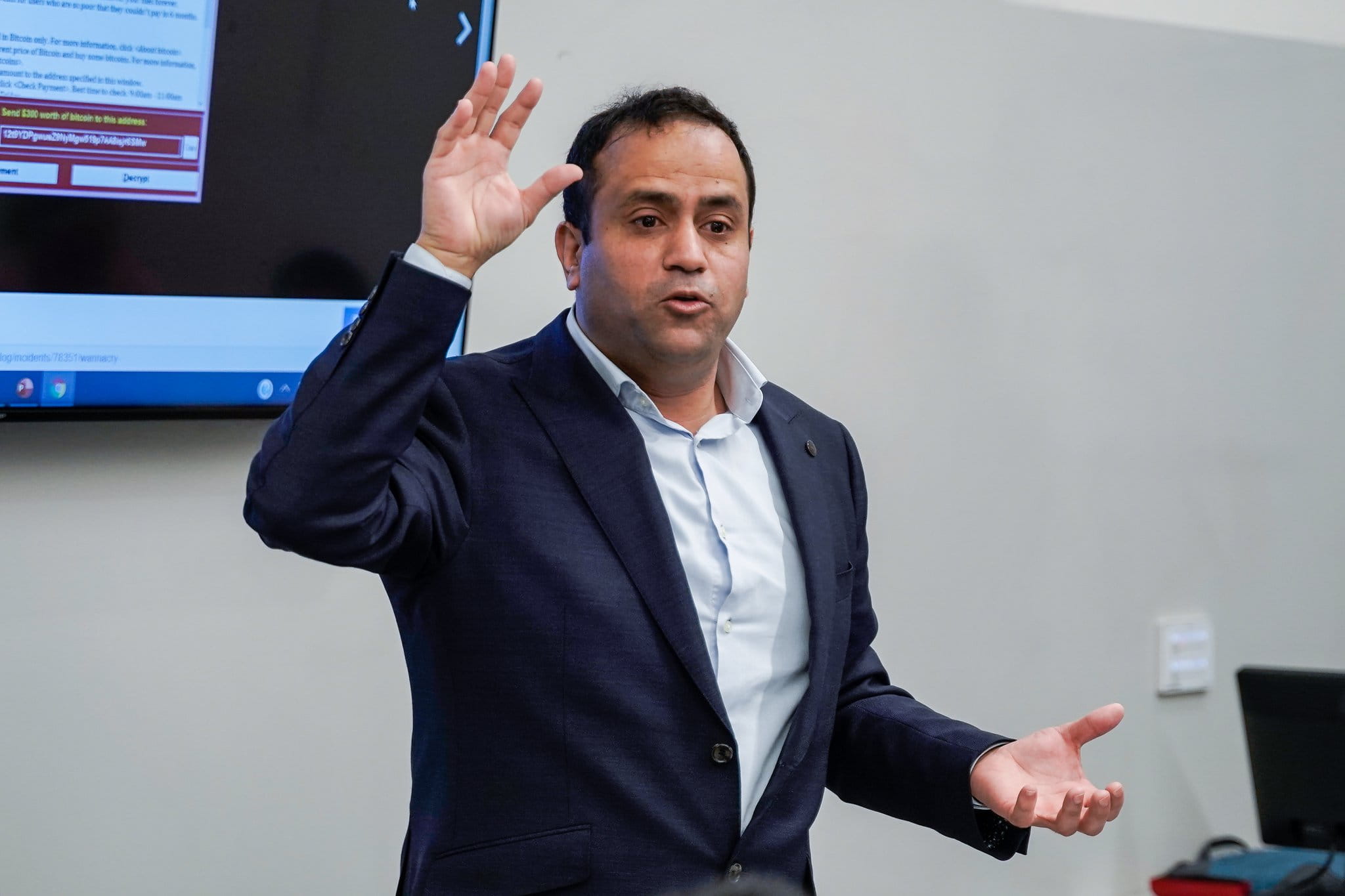
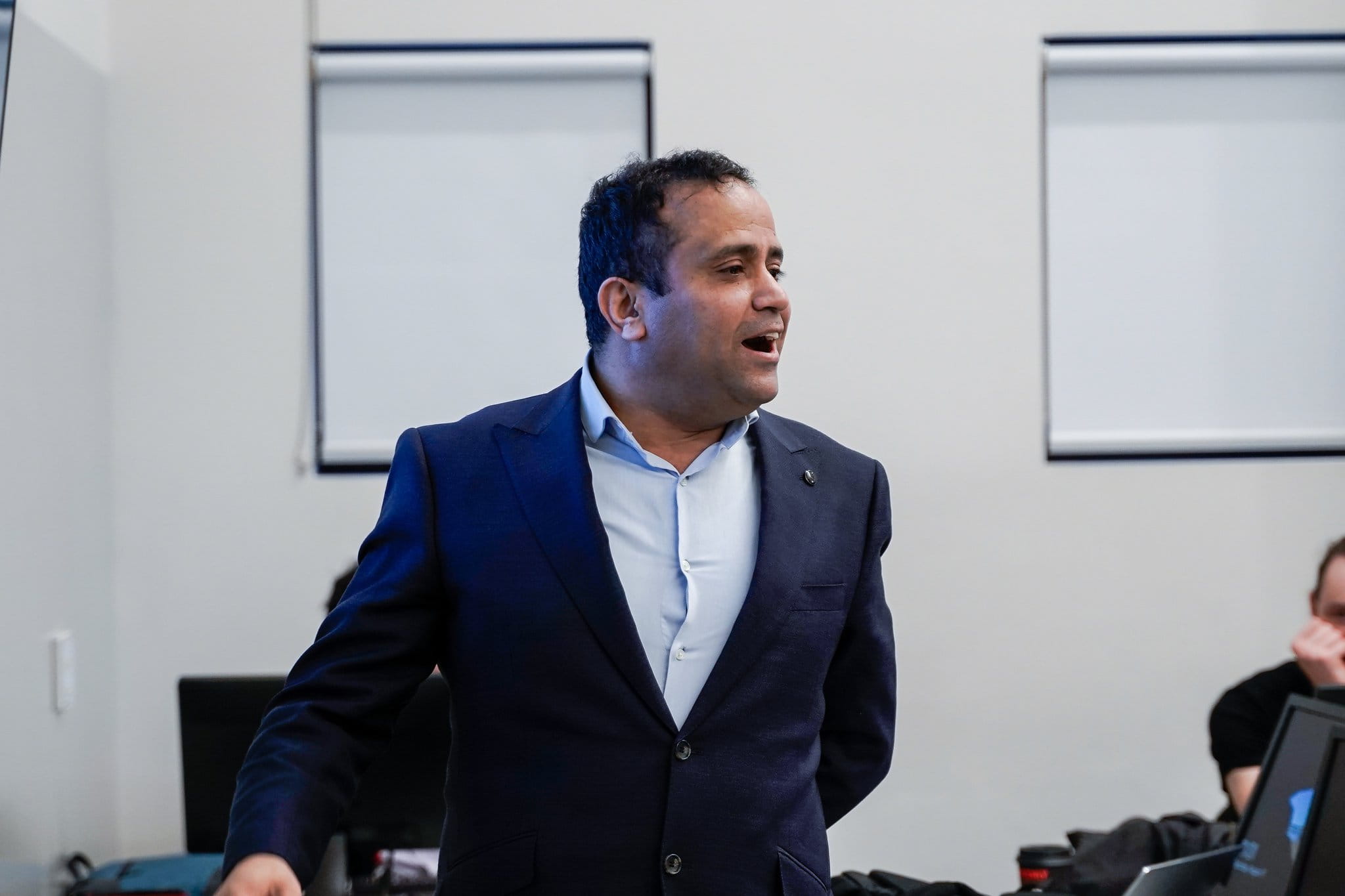
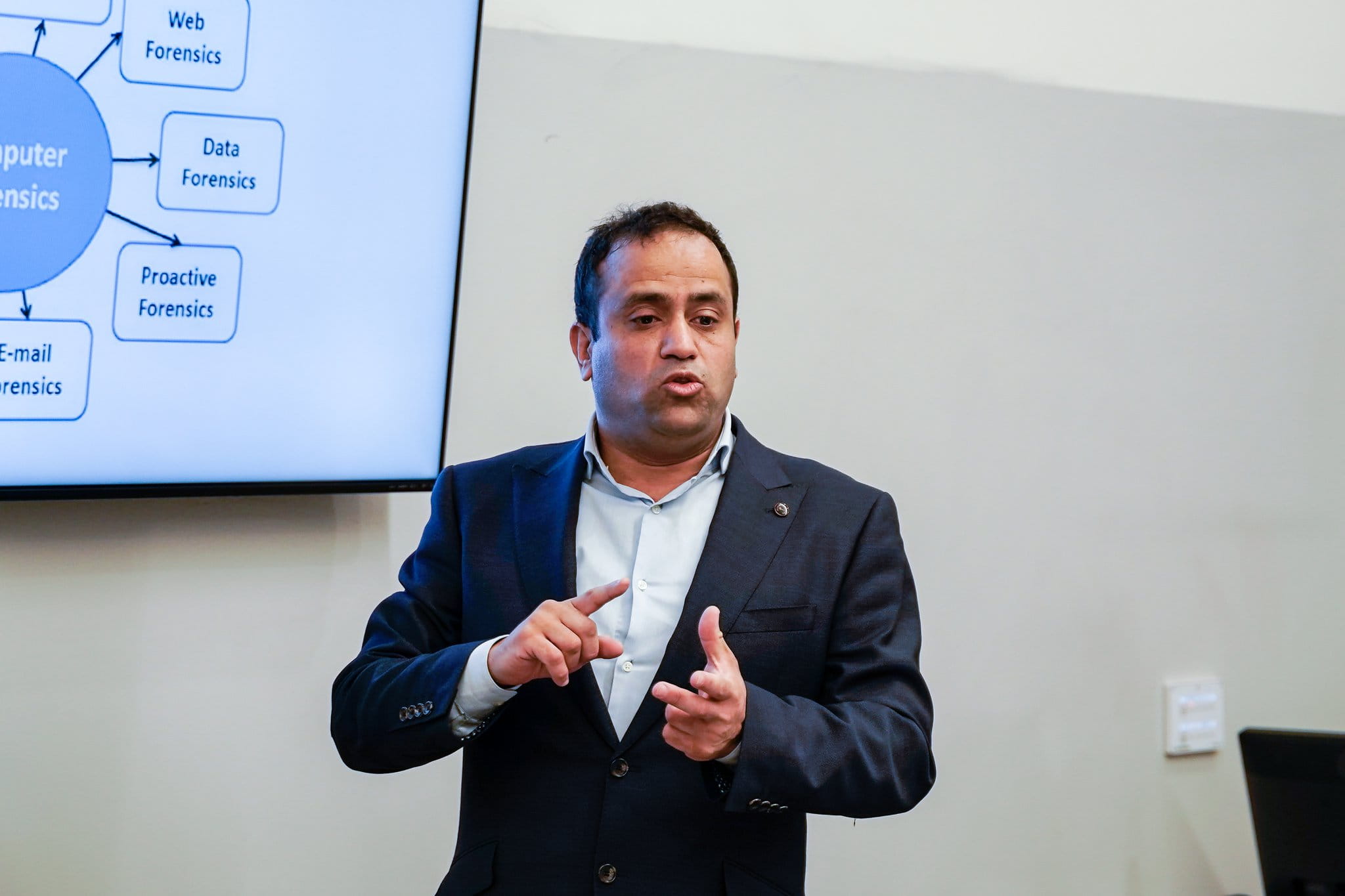
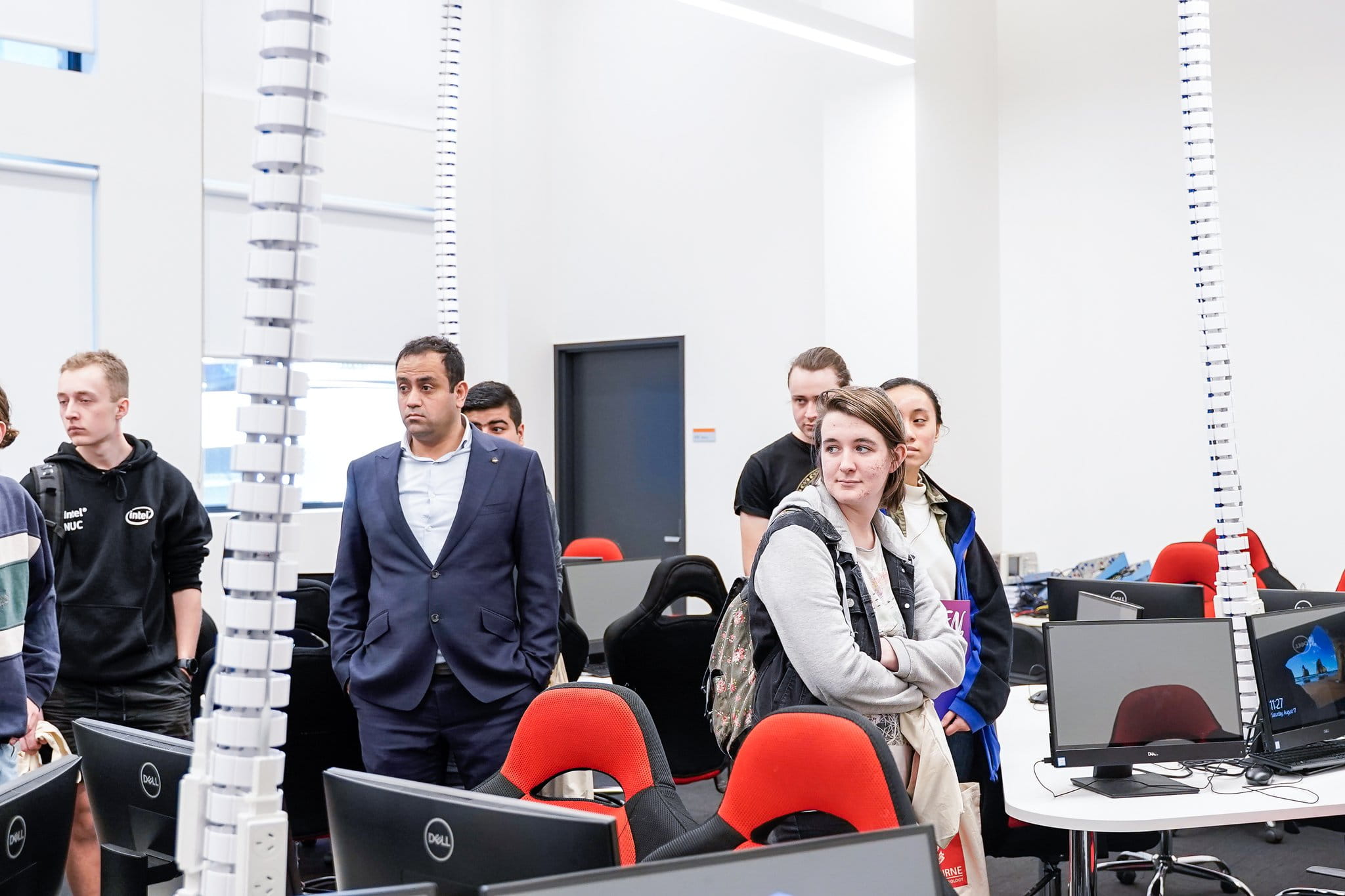
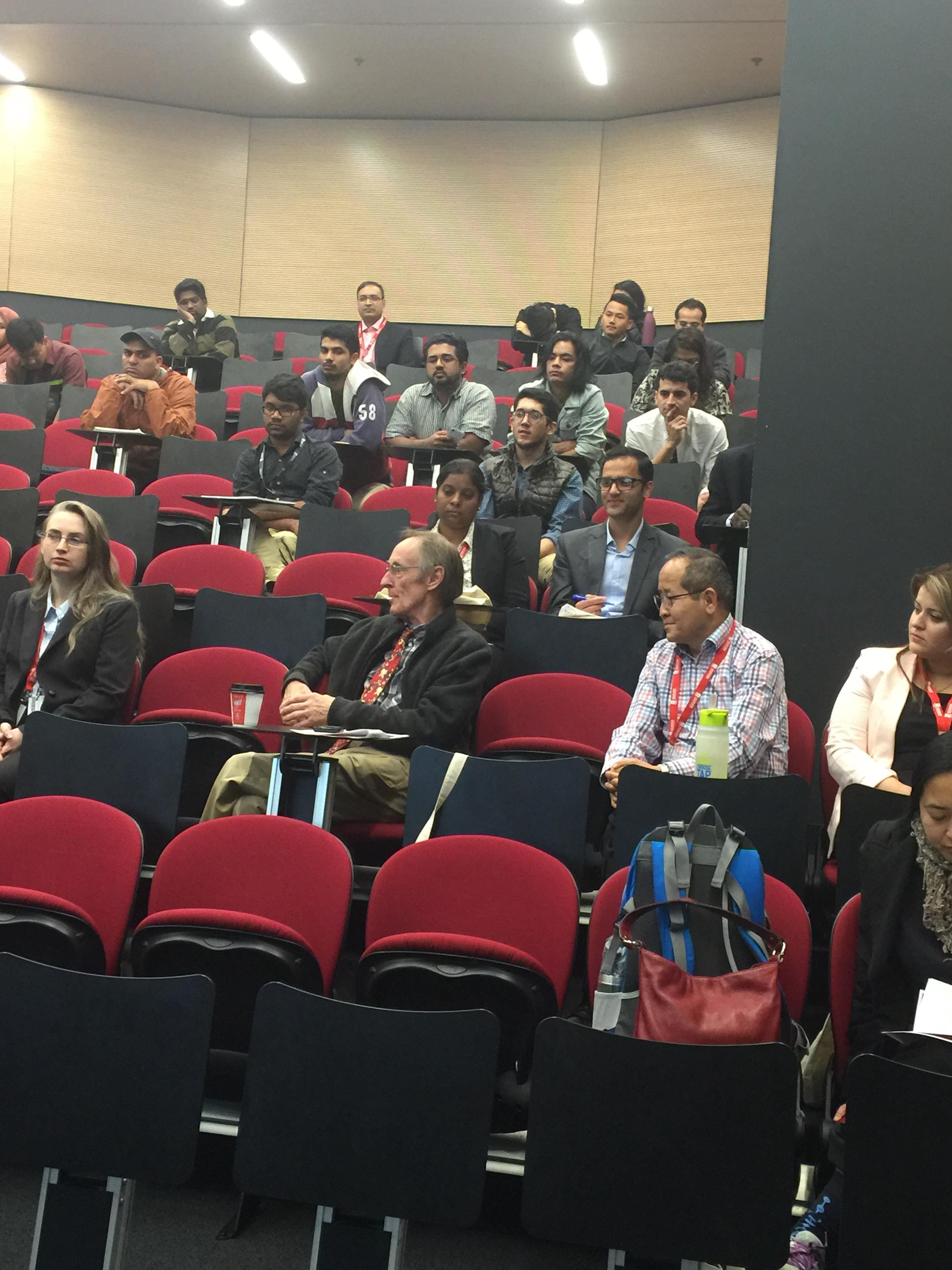
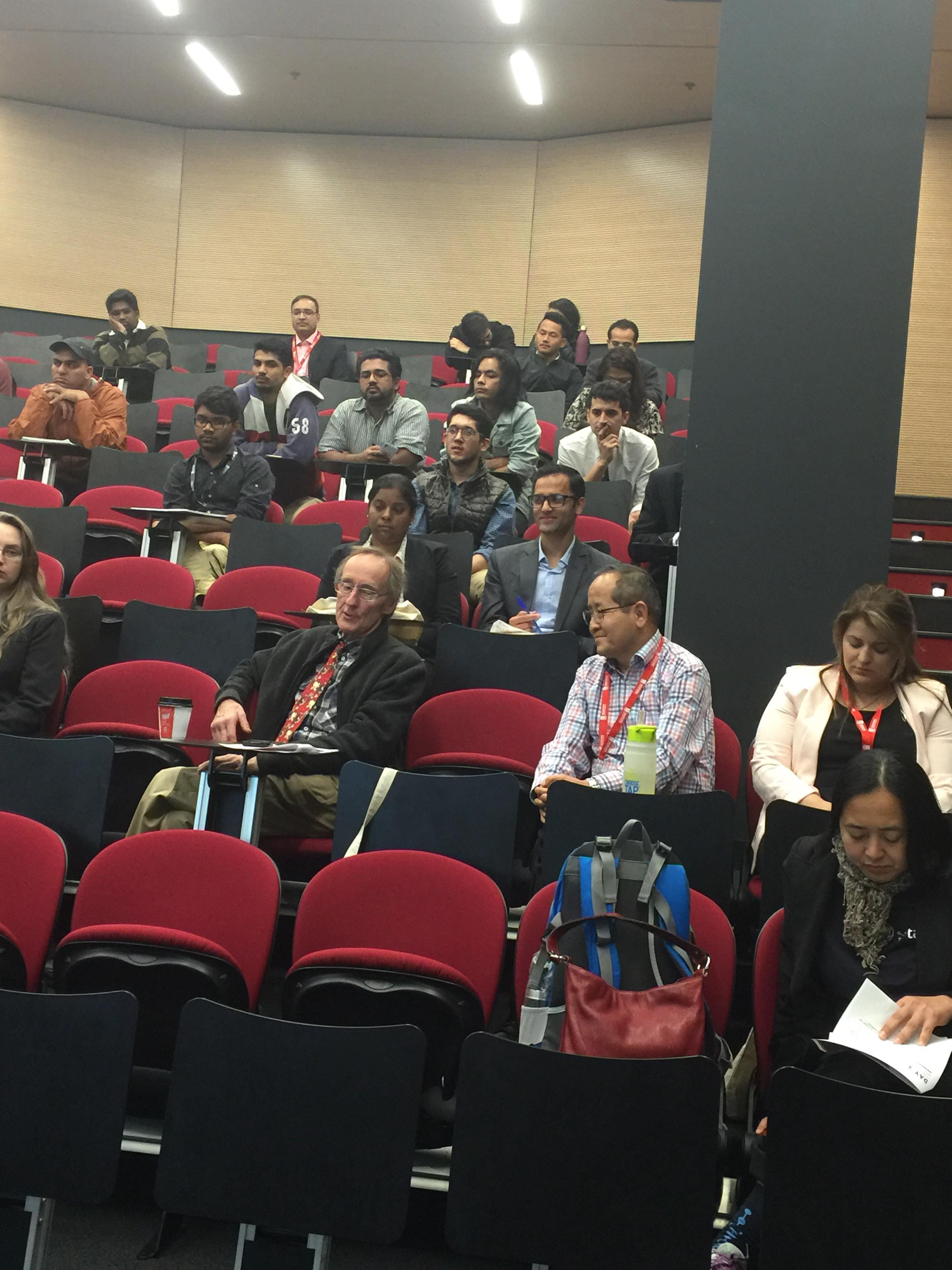
Venue:
MIT, Argus, 288 La Trobe St, Melbourne VIC 3000, Australia

Visa:
Immigration and citizenship (homeaffairs.gov.au)
In order to ensure the information is correct and up to date, there may be changes which we are not aware of. And different countries have different rules for the visa application. It is always a good idea to check the latest regulations in your country. You should confirm details with your local Consular Office. This page just gives some general information of the visa application.
Australia Visa Information
Do I need a visa to enter Australia?
Unless you are an Australian citizen, you will need a valid Australian visa to enter the country. New Zealand passport holders can apply for a visa upon arrival in the country. All other passport holders, regardless of age, must apply for a visa before leaving home. You can apply for a range of Australian visa types, including tourist visas and working holiday visas, at your nearest Australian Embassy or Consulate. You can also apply for certain types of visas on the Australian Department of Home Affairs website.
There are different Australian visa types available for travelers to Australia. Knowing which Australian visa to apply for depends on the length of your stay, your passport and the purpose of your visit. You'll also need to meet certain financial and medical requirements, be outside of Australia when applying and maintain health insurance for the duration of your stay.
Electronic Travel Authority Visa (subclass 601)
This visa allows you to visit Australia as many times as you want, for up to a year, and stay for three months each visit. This visa is available to passport holders from a number of countries and regions, who live outside Australia. A step-by-step guide on how to apply is here.
E-Visitor (subclass 651)
This is a free visa for multiple visits to Australia for tourism or business purposes for up to three months at a time within a 12-month period. This visa is available to passport holders from a number of European countries and it cannot be extended.
Visitor visa (subclass 600)
The Visitor visa allows you to visit Australia, either for tourism or business purposes. It is open to all nationalities. Generally, a period of stay of up to three months is granted, but up to 12 months may be granted in certain circumstances. Applicants will have to pay a fee to submit their application.
How can I apply for an Australian tourist visa?
The application process may differ depending on which visa you need. You can only apply for the Electronic Travel Authority visa (subclass 601) through the Australian ETA app. A step-by-step guide on how to apply is located here.
For other visas, you can apply online by creating an ImmiAccount and completing the application process. Be sure to submit your application well in advance of your travel date to allow enough time for processing. You may be asked to provide further supporting information. You will be notified in writing if your tourist visa is approved and it will be digitally linked to your passport.
For more information on different visa types, and Australian visa requirements including how to apply for an Australian visa, visit the Department of Home Affairs website.
Attend in person:
If you want to attend the workshop on-site, please email the Conference Committee: info@confspml.org.
